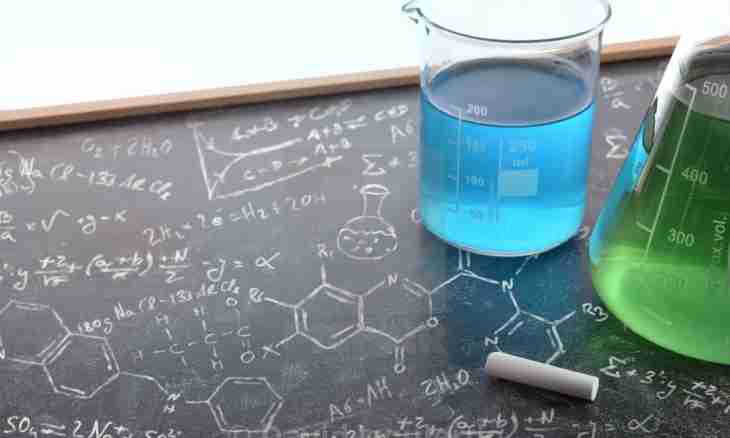"Knowledge of fonts – one of the most elementary requirements imposed to the detective!", - once great Sherlock Holmes so edified the friend and the chronicler doctor Watson. Similar to it, it is possible to tell safely: "Knowledge of how chemical formulas – one of the most elementary requirements imposed to the chemist are formed!" Indeed, as it is possible to argue on transformations of substances, without being able to make their formulas?
It is required to you
- - Mendeleyev's table.
Instruction
1. Here you should lean on such concept as "valency", that is ability of atom of one substance to attach to itself a certain amount of atoms of other substance. Valency of any element can be learned, having glanced in Mendeleyev's table and remembering some general rules.
2. Valency of the metal which is in the "main" subgroup is equal to number of group. For example, alkaline metals of lities, sodium, potassium, etc. – monovalent, alkaline-earth calcium, strontium, barium, etc. – bivalent.
3. Nonmetals have two valencies – the highest (which is equal to number of group) and the lowest (which is defined, subtracting from the 8th number of group). In connections with metals nonmetals have the lowest valency!
4. If two nonmetals connect among themselves, then the lowest valency is shown by that nonmetal which is in Mendeleyev's Table more to the right and above. Fluorine is an exception of these rules, and always shows the valency equal 1.
5. It is also necessary to remember that in the connections consisting of two elements, the total number of valencies of one element has to be always equal to total number of valencies of other element!
6. Having remembered these very simple provisions, you will be able easily to make chemical formulas. For example, what will be a formula of phosphoric anhydride, that is phosphorus oxide? First, at once note: both phosphorus, and oxygen – nonmetals. Secondly, you look in Mendeleyev's table. Phosphorus is located in the fifth group, oxygen – in the sixth. Therefore, the lowest valency in this connection will be shown by oxygen, and it will be equal 2 (8 – 6 = 2). Phosphorus valency, respectively, will be equal to 5.
7. What coefficients should be substituted both to phosphorus, and to oxygen to follow the rule: the sum of valencies of one element has to equal to the sum of valencies of the second? It is easily possible to see that for figures 2 and 5 a least common multiple - 10. Therefore, required formula of phosphoric anhydride is as follows: P2O5.
8. Well, and what will be a lithium azide formula, that is, the substance formed by nonmetal nitrogen and alkaline metal lithium? Lithium has the valency equal 1. Nitrogen, being located in the 5th group, can have the highest valency equal 5, and the lowest, equal 3. And as in connections with metals nonmetals have the lowest valency, it is easy to remove a formula of this connection: Li3N.

